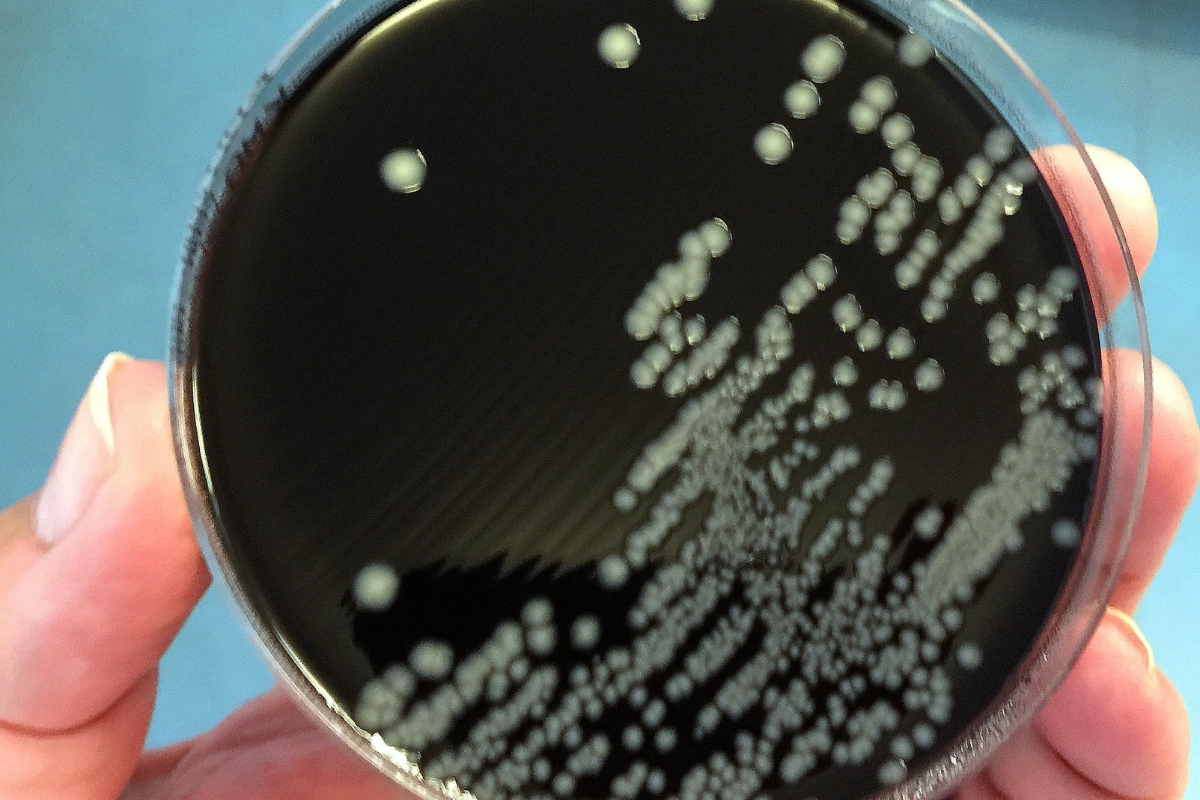Campylobacter jejuni is a well-documented cause of human illness caused by consumption of poultry, beef and pork products. It is widely distributed in commercial poultry farms, leading experts to believe that it is easily spread horizontally through the environment. The two-component system expressed in C. jejuni provides the microbial adaptation to survive in the host environment as an intestinal pathogen while residing in the sulfated and sialylated intestinal mucus of birds. In most cases, birds become infected with C. jejuni during the second or fourth week of life and remain colonized until they are released to market, with only a low dose required for colonization.
Controlling the prevalence of Campylobacter jejuni (C. jejuni) in broiler production is a global concern, because of the risk to human health. C. jejuni is a common cause of foodborne illness, and birds are typically infected at two to four weeks of age and remain colonized until they reach market age. To reduce the prevalence of C. jejuni on U.S. farms where chickens are raised in an antibiotic-free environment, biosecurity measures must be strictly enforced because they can reduce C. jejuni levels by more than 50%. Researchers have investigated other potential strategies, such as vaccination and administration of probiotics, prebiotics, synbiotics, organic acids, bacteriophages, bacteriocins, and quorum-sensing inhibitors, that improve avian gut health and competitively exclude the presence of C. jejuni; however, these approaches are not yet fully implemented in poultry production despite initial positive results in evaluating their efficacy.
The purpose of this review is to provide an overview of the current knowledge on Campylobacter jejuni, including its morphology and sources of transmission. It will also review pathogenesis in poultry and pre-harvest strategies that have been successful in reducing C. jejuni colonization in broilers. Recent research has shown that biosecurity and manure management are fundamental methods to reduce the spread of C. jejuni in broiler flocks. Through preventive measures such as improved living conditions, improved hygiene practices, frequent restocking with chicks of appropriate age and origin, and thorough cleaning and disinfection of houses after flock downsizing, producers can help reduce the burden of this zoonotic pathogen.

The authors Walid Ghazi Al Hakeem, Shahna Fathima, Revathi Shanmugasundaram, and Ramesh K Selvaraj published their findings in the article ‘Campylobacter jejuni in Poultry: Pathogenesis and Control Strategies‘, dated 28 October 2022.
Key topics include:
- C. jejuni is the leading cause of human foodborne illness associated with poultry, beef, and pork consumption.
- C. jejuni is highly prevalent in commercial poultry farms, where horizontal transmission from the environment is considered to be the primary source of C. jejuni.
- As an enteric pathogen, C. jejuni expresses virulence factors regulated by a two-component system that mediates C. jejuni’s ability to survive in the host intestine mucus (which is sulfated and sialylated).
- Birds are usually infected from two to four weeks of age and remain colonized until they reach market age; a small dose of C .jejunii (around 35 CFU/mL) is sufficient for successful bird colonization.. In the UStrict biosecurity measures can decrease , where chickens are raised under antibiotic-free environmentsC .jejuniprevalence on broilers farms by more than 50% at market age., vaccination and probiotics supplementation can improve gut health Additionally strategies such as prebiotics,, synbiotics organic acids bacteriophages quorum sensing inhibitorsand bacterioctoins ns show promise but have not been fully implemented in poultry

Abstract
C. jejuni is the leading cause of human foodborne illness associated with poultry, beef, and pork consumption.
C. jejuni is highly prevalent in commercial poultry farms, where horizontal transmission from the environment is considered to be the primary source of C. jejuni.
As an enteric pathogen, C. jejuni expresses virulence factors regulated by a two-component system that mediates C. jejuni’s ability to survive in the host. C. jejuni survives and reproduces in the avian intestinal mucus. The avian intestinal mucus is highly sulfated and sialylated compared with the human mucus modulating C. jejuni pathogenicity into a near commensal bacteria in poultry. Birds are usually infected from two to four weeks of age and remain colonized until they reach market age.
A small dose of C. jejuni (around 35 CFU/mL) is sufficient for successful bird colonization. In the U.S., where chickens are raised under antibiotic-free environments, additional strategies are required to reduce C. jejuni prevalence on broilers farms.
Strict biosecurity measures can decrease C. jejuni prevalence by more than 50% in broilers at market age. V
accination and probiotics, prebiotics, synbiotics, organic acids, bacteriophages, bacteriocins, and quorum sensing inhibitors supplementation can improve gut health and competitively exclude C. jejuni load in broilers. Most of the mentioned strategies showed promising results; however, they are not fully implemented in poultry production.
Current knowledge on C. jejuni’s morphology, source of transmission, pathogenesis in poultry, and available preharvest strategies to decrease C. jejuni colonization in broilers are addressed in this review.
Keywords: Campylobacter jejuni; broilers; feed additives.

 Broad lytic spectrum of novel Salmonella phages on ciprofloxacin-resistant Salmonella contaminated in the broiler production chain
Broad lytic spectrum of novel Salmonella phages on ciprofloxacin-resistant Salmonella contaminated in the broiler production chain
